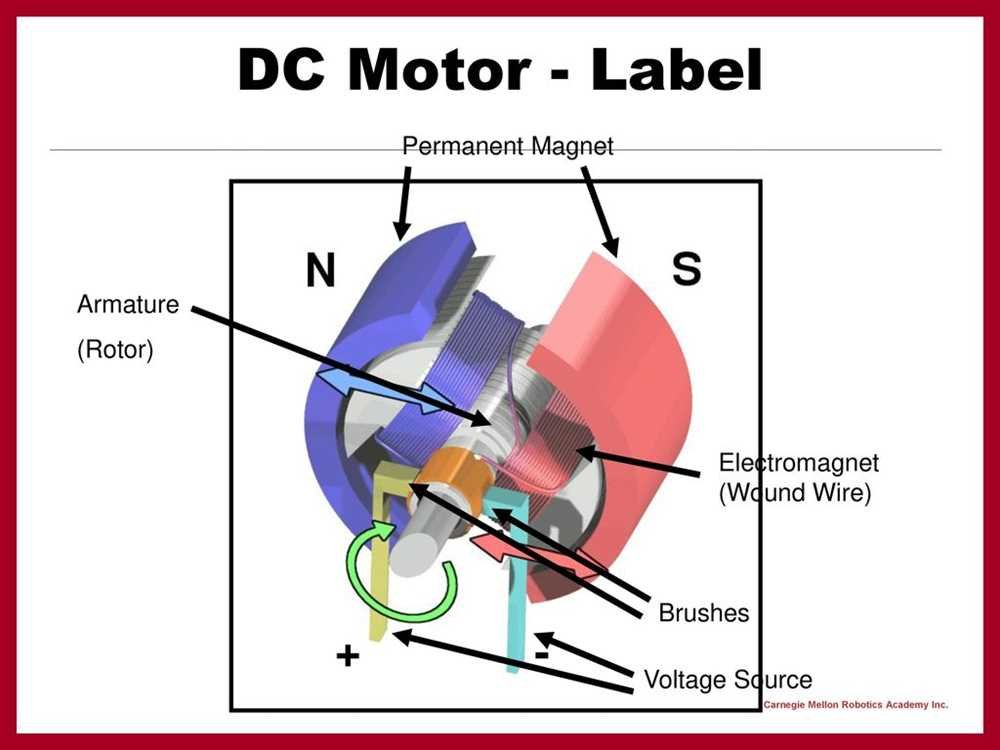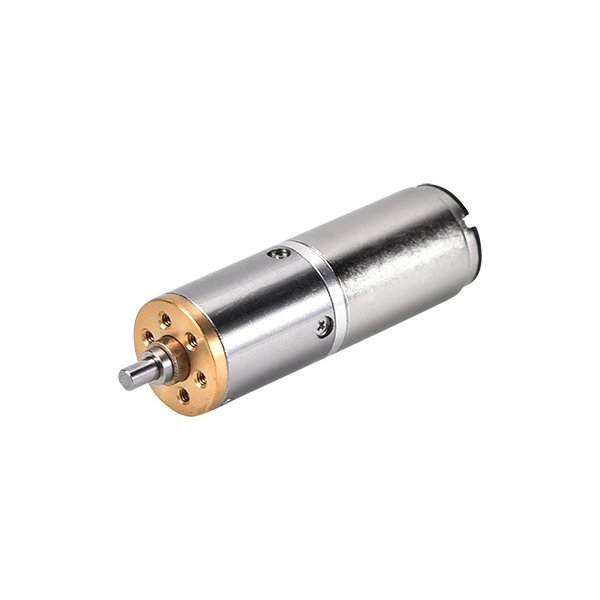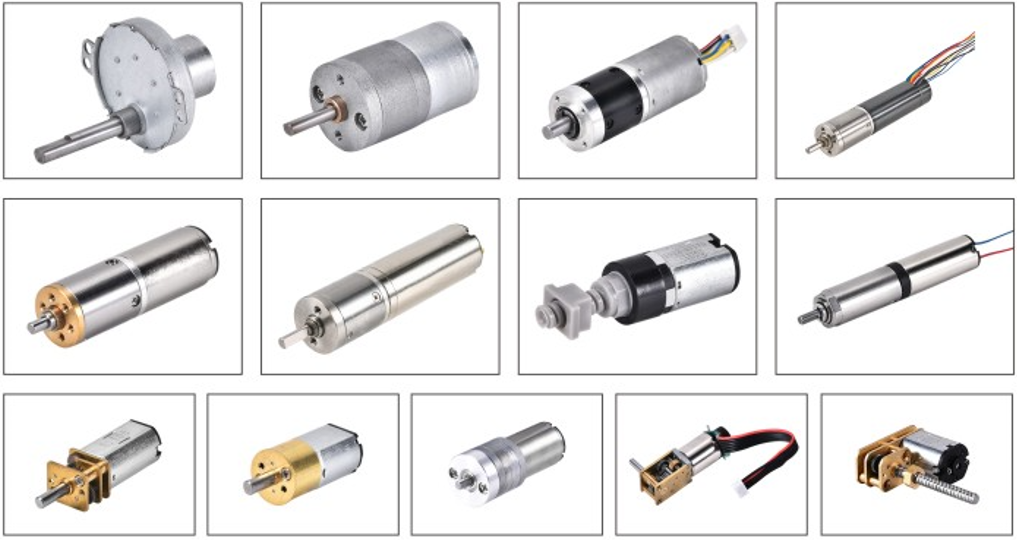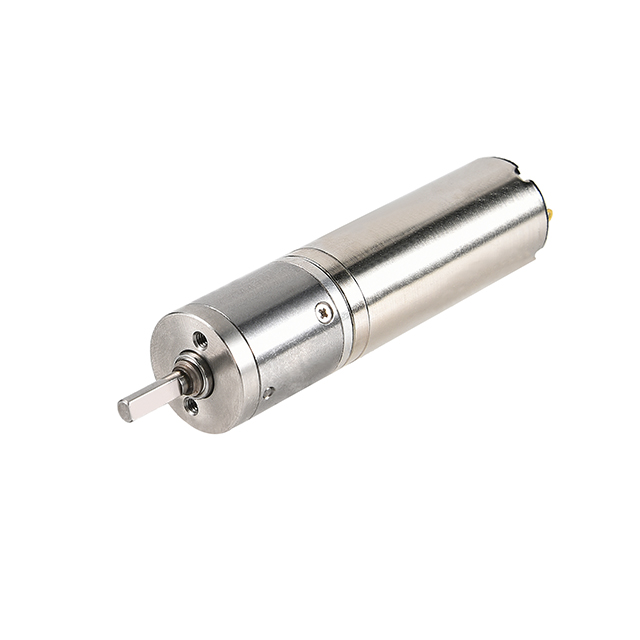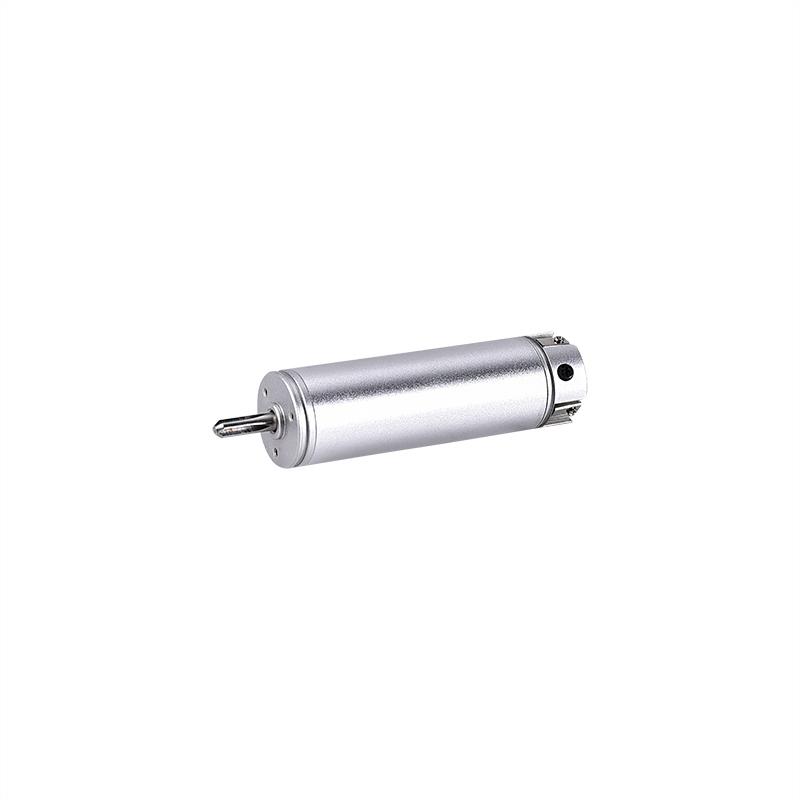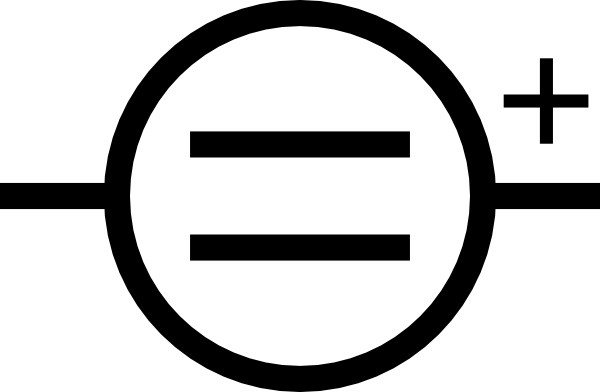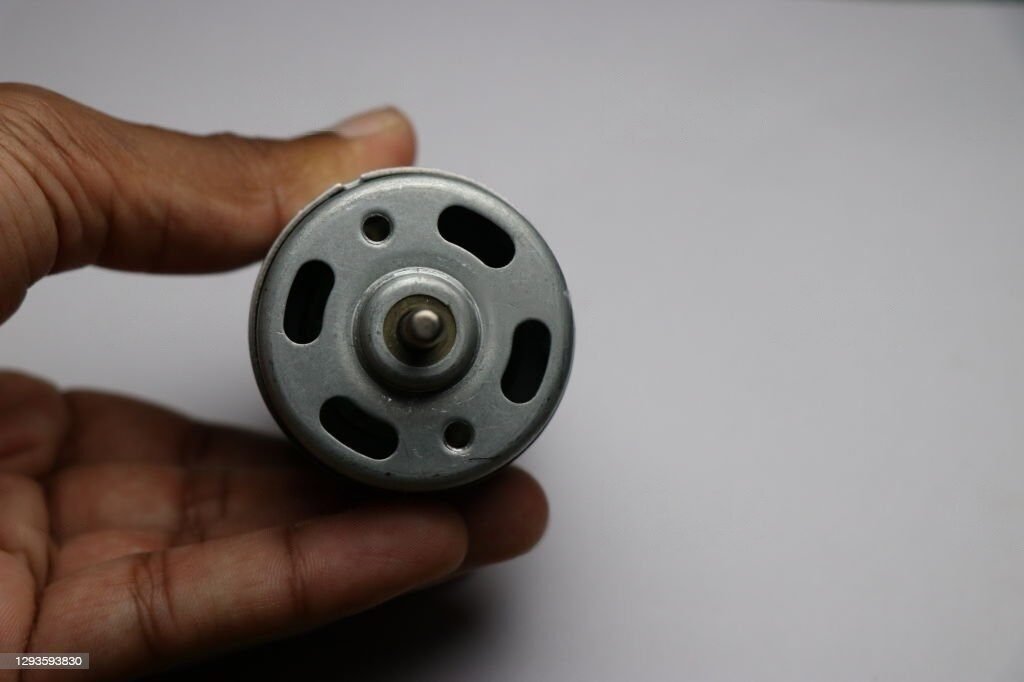Electric motor assemblies need many important parts to work well and last longer. The main parts are the stator, rotor, windings, bearings, shaft, commutator and brushes, armature, housing and cooling system, and motor control elements.
If any of these parts break, the whole electric motor might stop or not work as well. For example, bearings and stator windings together cause almost half of all electric motor failures, as shown below:
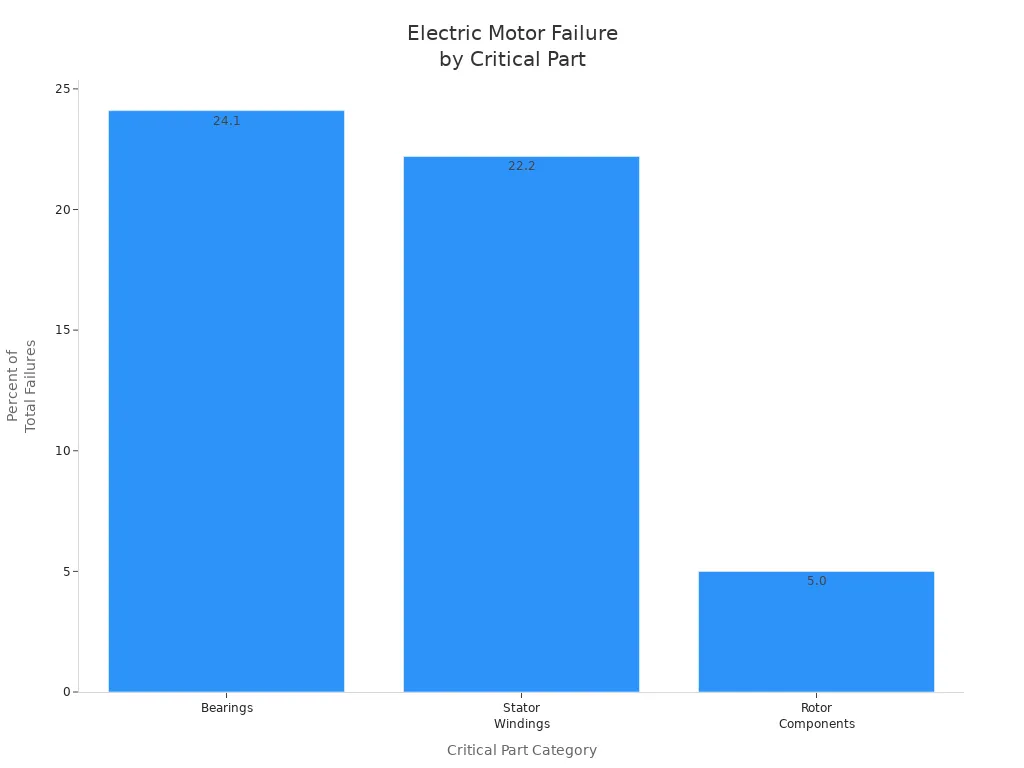
Knowing about these important parts helps teams do maintenance, find problems early, and keep electric motor assemblies working well.
Key Takeaways
Electric motor assemblies need important parts to work well. These include the stator, rotor, windings, bearings, shaft, commutator, brushes, housing, cooling, and control parts. These parts help the motor last longer.
Picking the best materials and designs for these parts helps motors work better. It also makes less heat and helps motors last longer.
Doing regular care like cleaning and greasing bearings is important. Checking windings also helps stop common problems. This keeps motors working smoothly.
Testing motors often with tools is helpful. These tools check for vibration, heat, and electrical problems. This helps find issues early and stops expensive breakdowns.
Good motor design and control systems save energy. They also help motors work better and more reliably in many factories.
Electric Motor Assemblies
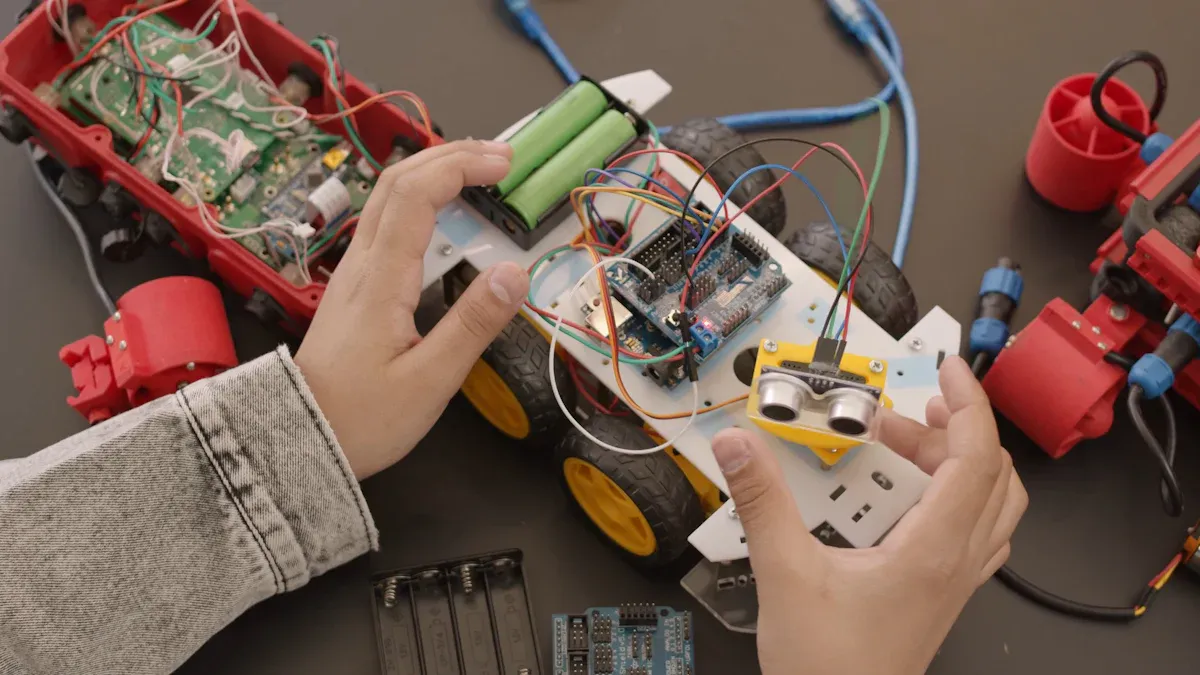
What Is an Electric Motor Assembly
An electric motor assembly puts together many important parts. These parts change electrical energy into movement. Each electric motor has a stator, rotor, windings, bearings, shaft, and other needed pieces. The way these parts fit together helps the motor give steady power for many jobs. Engineers pick materials for each part based on what the motor needs to do. They look for things like heat resistance, strength, and how well electricity moves through them. When designing the motor, they think about how these materials work together. This helps the motor last longer and work better.
Electric motor assemblies are used in many places. They help run conveyors, pumps, fans, compressors, and electric cars. The type of motor depends on how fast it needs to go, how much force it needs, and how it is controlled. DC motors are good for easy speed changes. AC motors work well when you need the same speed all the time. Some motors, like stepper and brushless types, are used for exact movements in robots and machines.
Knowing how the whole electric motor assembly works helps technicians fix problems fast. They can check, write down, and test each part. This makes sure the motor works again quickly.
Key Functions
Electric motor assemblies do many important jobs in factories and businesses:
Change electrical energy into movement.
Help with automation, assembly lines, and moving materials.
Give steady and efficient work to help make more products and keep quality high.
Help control movement in robots, CNC machines, and medical tools.
Let people pick motors based on force, speed, efficiency, and where they will be used.
The table below shows different types of electric motors, what makes them special, and where they are used:
Motor Type | Description | Distinguishing Features | Typical Industrial Applications |
|---|---|---|---|
AC Motors | Use alternating current; includes synchronous and induction types. | Synchronous motors keep the same speed; induction motors are strong and need little care. | Fans, pumps, compressors, robots, precision tools |
DC Motors | Use direct current; includes shunt, series, and compound types. | Easy to change speed, quick to give force. | Battery tools, electric cars, conveyors |
Special Purpose Motors | Includes stepper and brushless DC motors. | Move exactly, are quiet, and use less energy. | Automation, CNC machines, robots, precision tools |
When teams understand electric motor assemblies and how they are made, they can keep them working well. They can pick the best parts and materials for each job. This helps the motors last longer and work better.
Parts of an Electric Motor
Knowing the parts of an electric motor helps people keep machines working well. Each part has a special job to help change electricity into movement. The next sections talk about the most important electric motor parts, what they do, and how their design and materials can change how well they work.
Stator
The stator does not move in an electric motor. In AC motors, the stator uses electromagnets that turn on in order to make a spinning magnetic field. This field makes current in the rotor, which spins and makes torque. In DC motors, the stator has permanent magnets or field coils that make a steady magnetic field. This field works with the rotor (armature) to make the motor move. The stator’s magnetic field is needed for the motor to work, so it is one of the most important parts.
The materials used for the stator change how well the motor works. Silicon steel and laminated steel help stop magnetic losses. Copper windings help electricity move better and cool the motor. Composites and special alloys make the stator lighter and help stop shaking, which is good for cars and planes.
Material | Typical Use in Stator Construction | Effect on Motor Efficiency and Performance |
|---|---|---|
Silicon Steel | Stator core laminations in industrial motors, EVs | High magnetic permeability reduces hysteresis and eddy current losses, improving efficiency and power output. |
Laminated Steel | Stator core laminations in heavy-duty and industrial motors | Minimizes eddy currents, reduces heat generation, improves heat management, and enhances longevity. |
Copper | Stator windings | Excellent electrical conductivity and thermal conductivity, increasing power density, reducing energy loss, and aiding heat dissipation. |
Composites | Lightweight stator parts in automotive and aerospace | Provide vibration damping, reduce noise, lower weight, and improve energy efficiency especially in weight-sensitive applications. |
Iron | Cost-sensitive or heavy-duty industrial motors | Lower cost but higher magnetic losses and weight, leading to reduced efficiency compared to silicon steel. |
Advanced Alloys | Aerospace and high-performance motors | Enhance motor performance by reducing energy losses and improving strength while maintaining lightweight properties. |
Tip: Picking the right stator materials helps the motor work better, stay cooler, and last longer.
Rotor
The rotor spins inside the stator. It changes electricity into movement by working with the stator’s magnetic field. When current goes through the rotor’s windings, it makes the rotor turn and create power. The rotor’s shape and what it is made of decide how much power and torque the motor gives.
There are two main rotor types in AC motors: squirrel cage and wound rotors. Squirrel cage rotors are simple and strong, good for jobs that need the same speed, like HVAC. Wound rotors can change speed and give more starting power, so they are used in things like conveyors and cranes.
Aspect | Wound Rotor | Squirrel Cage Rotor |
|---|---|---|
Design | Complex with windings, slip rings, brushes | Simple, robust with shorted conducting bars |
Speed Control | Allows variable speed control | Operates mainly at constant speed |
Starting Torque | High starting torque | Lower starting torque |
Maintenance | Requires frequent and costly maintenance | Minimal maintenance required |
Energy Efficiency | Suitable for variable load conditions | Cost-effective for constant speed applications |
Typical Applications | Variable loads: conveyors, mills, cranes | Constant speed: HVAC, refrigeration, appliances |
Cost | Higher initial and maintenance costs | Lower initial and maintenance costs |
The rotor can use copper or aluminum bars to help electricity move and keep cool. Special alloys and composites can make the rotor stronger and lighter, which helps it work better.
Windings
Windings are coils of wire, usually copper, put in the stator and rotor. When electricity goes through the windings, they make a magnetic field. This field works with other magnetic fields in the motor to make it move and create torque. How the windings are made and placed changes how well the motor works.
In DC motors, windings carry current that works with the stator’s magnetic field to make the motor spin. In AC motors, windings in the stator make the spinning magnetic field that turns the rotor. Good winding design lowers resistance and heat, making the motor more efficient.
Windings can fail because of:
Too much electricity
Water damage or broken insulation
Getting too hot from bad airflow
Dirt, dust, or shaking
Note: Checking and caring for windings often stops big problems and keeps motors working their best.
Bearings
Bearings hold up the shaft and rotor so they can spin smoothly. They cut down on friction and save energy. Bearings take both sideways and up-and-down forces, letting the motor run fast without wearing out quickly. They use balls or rollers to stop too much rubbing and heat.
New bearings use special materials, coatings, and greases to handle high speeds and heat. Ceramic coatings and special greases stop damage from electricity and dirt. Good bearing design also makes the motor quieter and cuts down on shaking.
Bearings are the top reason motors break if not cared for.
With good care, bearings can last over 15 years in big motors.
In tough places, bearings may last less than a year.
Shaft
The shaft is a spinning rod that sends power from the rotor to the machine. It links the motor to things like fans, pumps, or belts. The shaft must be strong enough for the job so it does not break.
What the shaft is made of changes how long it lasts and how well it works. Common shaft materials are carbon steel, alloy steel, stainless steel, aluminum, titanium, plastics, and ceramics. Each one has different strengths and resists rust or wear in its own way.
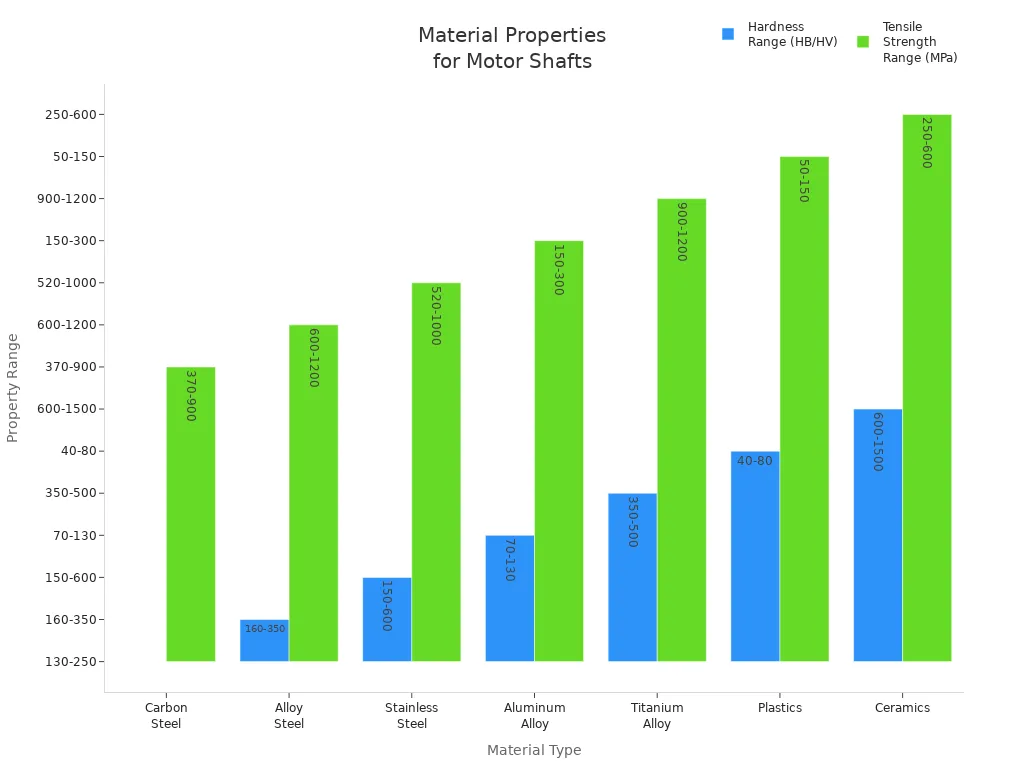
Tip: Pick shaft materials based on the job, where it will be used, and how long it needs to last.
Commutator and Brushes
Commutators and brushes are very important in DC motors. The commutator is a copper ring with sections, attached to the armature. Brushes, usually made of carbon, touch the commutator and send electricity from the power source to the armature windings.
The commutator switches the direction of current in the windings as the rotor spins. This keeps the torque steady and the motor spinning smoothly. This process is called commutation and helps the motor turn electricity into movement well.
How commutators and brushes work:
Brushes send current from the power source to the armature windings.
The commutator switches current direction as the rotor spins.
This keeps the torque and spinning going.
Many commutator sections and brushes help the motor run smoothly.
It is important to take care of these parts:
Check brushes for damage or color changes.
Clean commutators and brush holders to get rid of dust.
Change brushes if you see sparks or the motor slows down.
Make sure brush springs are tight enough to stop overheating.
Armature
The armature is the part that carries current and works with the stator’s magnetic field. It usually has the windings, core, commutator, and shaft. The armature’s main job is to make torque by carrying current through the magnetic field and making the motor spin.
How the armature is made changes how much power and torque the motor gives. Laminated silicon steel cores stop extra heat and wasted energy. Copper windings in special patterns help current flow better. Strong magnets, like neodymium, give more torque and cut down on shaking.
The armature changes electricity into movement.
Its design helps control speed and stops overheating.
A good armature design makes the motor work better.
Housing and Cooling
The housing keeps the inside parts safe from dust, water, and dirt. It also holds the cooling system, which stops the motor from getting too hot. Good housing design lets air move well and keeps the motor cool.
Cooling can be done by:
Fans and vents for air cooling
Water jackets, often in electric cars
Oil spray for motors that get very hot
Phase change materials (PCM) for cooling without moving parts
Note: Cleaning fans and vents often helps air flow and stops the motor from getting too hot.
In very hot places, special cooling systems like liquid cooling and PCM help the motor last longer. Housing materials like laminated steel and carbon fiber help the motor stay strong and resist heat.
Motor Control Components
Motor control parts help set speed, torque, and how the motor works. Important control parts are controllers (like microcontrollers or PLCs), sensors (for speed, position, current, temperature), and actuators (like transistors and relays).
Ways to control motors:
Pulse Width Modulation (PWM) for DC motors changes voltage to set speed.
Variable Frequency Drives (VFDs) for AC motors change frequency and voltage for better speed and torque control.
Closed-loop systems use sensor feedback for more exact control.
New motor control systems save energy by making speed and power just right. They work with factory automation, help with early repairs, and let people check motors from far away. These features help motors last longer, work better, and use less energy.
Tip: Using new motor control systems can save energy, lower costs, and make motors work better in factories.
Performance and Interaction
How Parts Work Together
Electric motor assemblies need all their parts to work together. The stator, rotor, and windings are the main parts. The stator holds the windings. These windings get alternating current and make a spinning magnetic field. This field makes the rotor spin and create power. The number and shape of slots in the stator and rotor change how smooth the magnetic field is. This can change how well the motor works.
If the slots do not fit well, the motor can get louder, shake more, and get hotter.
Using a stator with 36 slots and a rotor with 29 slots helps stop bad harmonics and gives better power.
Changing the angle of rotor bars and using special windings can lower shaking and wear on bearings, so the motor lasts longer.
Bearings hold up the rotor and shaft. They help the rotor spin easily and cut down on rubbing. The shaft moves power from the rotor to the machine. The housing and cooling system keep the motor safe and cool. This is important for making the motor work its best. Motor control parts help set speed and force, so the motor does what it needs to do.
Tip: Test each part often to find problems early and keep motors working well.
Impact on Motor Performance
Many things change how well electric motor assemblies work. Adding more copper to windings cuts down on wasted energy, especially when the motor works hard. Good magnetic steel in the stator and rotor lowers energy loss and gives more power. Better cooling keeps the motor from getting too hot, which helps it last longer. A smooth rotor shape cuts down on air drag and noise, which helps the motor work better.
Testing is very important for good performance. Teams should check for voltage problems, because these can make the motor too hot, shake, or break early. Checking bearings, windings, and control parts often helps the motor give steady power. How well the motor is made and put together also matters. Motors built with care and good designs work better and last longer.
Checking for heat, shaking, and noise helps find problems before the motor breaks.
Using new testing tools lets teams watch how the motor works and plan repairs.
Motors that work well need the right design, good materials, and lots of testing. Teams that care about testing and making motors better get motors that last longer, use less energy, and work more reliably.
Electric Motor Optimization
Maintenance Tips
Teams who want electric motor optimization should have a good maintenance plan. Cleaning, adding grease, and checking alignment often help stop early problems. These steps help motors work well and last longer:
Put the right grease on bearings. Too much grease can hurt insulation and make the motor too hot.
Clean motors on a regular schedule. Take off dust, oil, and dirt. Use gentle soap and dry all parts before turning the motor back on.
Make sure air can move around the motor. If vents or fans are blocked, insulation can get damaged and the motor may not work as well.
Keep water away from bearings and windings. Control humidity and let water drain out.
Check for loose bolts and wires. This helps stop parts from breaking.
Watch voltage and current to keep the motor from getting too hot or having electrical problems.
Use special tools like vibration and temperature sensors. These tools can find problems early.
Write down all maintenance work. This helps find repeating problems and makes motors better over time.
Places that do these things have less downtime and pay less for repairs. For example, using sensors to check motors has cut surprise breakdowns by 35% in some factories.
Troubleshooting Critical Parts
Good electric motor optimization means finding and fixing problems fast. Teams should test and check parts to keep motors working well. Here are common steps to find problems:
Bearings: Make sure they have enough grease. Check if they get too hot or make strange sounds. Use vibration tools to find if they are not lined up or are carrying too much weight.
Windings: Look for short circuits, ground faults, or burned insulation. If the motor uses more amps or smells burnt, the windings may be bad.
Rotor: Check for broken bars, if it is not lined up, or if it rubs the stator. If the motor is weak or slow to start, the rotor could be the problem.
Shaft and Mounts: Look for loose or shaking parts. If mounts are not lined up, parts can wear out faster and work worse.
Testing: Use sound tools, gap gauges, and electrical tests to find problems. Always test the motor with no load after fixing it. Check for shaking, heat, and electrical issues.
Testing often and writing down what you find helps teams see patterns and plan better fixes. Skilled workers and the right tools help motors last longer and work better.
Knowing about each important part of electric motor assemblies helps teams make motors work better and last longer. Studies say bearings and windings break most often, so watching these parts helps motors run well. Teams who understand how mounting, shaking, and heat control change how motors work can pick the best motor for each job. Checking brushes and bearings often stops problems and keeps motors working smoothly. By looking at how parts wear out, using the right grease, and making sure all parts fit together, teams can help motors last longer and keep working their best.
FAQ
How can someone improve the efficiency of an electric motor?
They can pick better materials for the stator and rotor. Keeping windings clean and cool helps a lot. Testing often finds problems early. Good design and the right grease also help motors use less power.
What steps help with electric motor optimization in industrial applications?
Teams should plan regular maintenance. They need to check bearings, windings, and other parts. Using sensors for vibration and heat finds problems fast. Writing down all repairs helps too. These steps make motors work better and last longer.
Why does material choice matter in electric motor components?
The materials used change how strong and long-lasting parts are. Strong materials help control heat and stop parts from wearing out. Good materials help motors work better in cars and other tough jobs.
How does testing affect electric motor performance?
Testing finds problems in windings, bearings, and other parts. It lets teams fix things before the motor breaks. Checking motors often makes them more reliable and keeps them working well.
What role does design play in electric motor assemblies?
Design is important for how well a motor works. A good design makes sure all parts fit and work together. Good design also helps motors run quietly and last longer.
